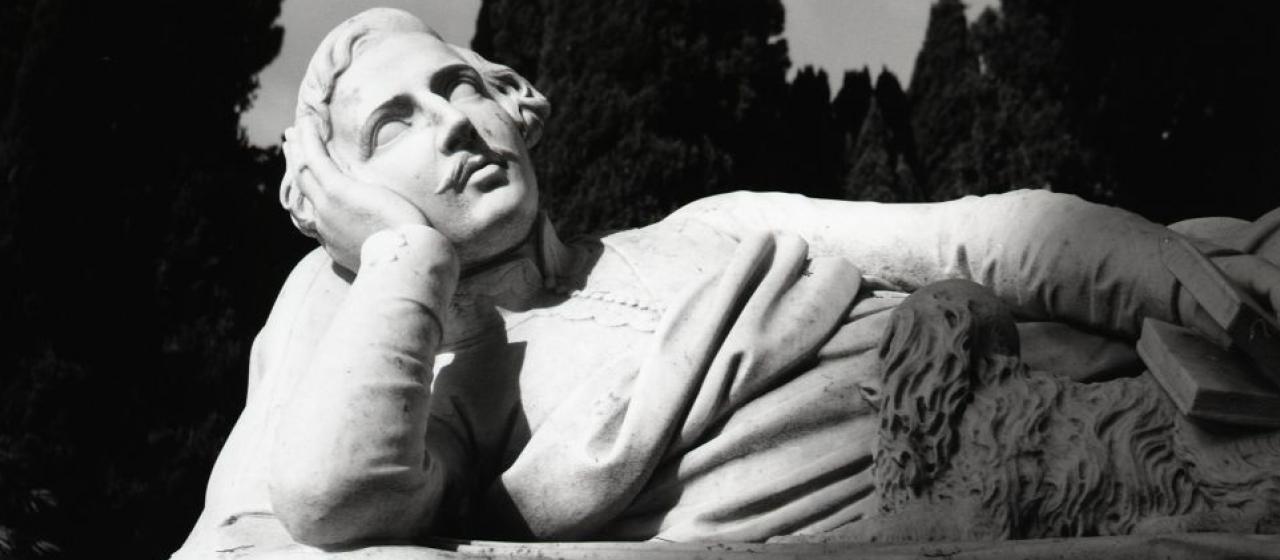Monica Siedler and dance spectrality in "The Worst of Me"| JOSIMAR FERREIRA
"The image withdraws as ghost or as a ghost of the Idea, destined to disappear in the very ideal presence. It withdraws so as image ‘of'’, as image of something or someone who would not, she or he, be an image. It fades itself as simulacrum or as a face of a being [...] What remains withdrawing from in the image, or what is left in it is withdrawn, with this very withdrawn, it is, indeed, the trace. "
"The rebel woman": Τhe early years of Greek Feminism | CHRISTINA GRAMMATIKOPOULOU
ελληνικά
"She was no longer the calm maid, sweet in nature, with a somehow absent minded expression. She was the rebel woman, the one who would not cede to others the right to define her future and life according to social requirements and traditions and superstitions that had become laws"
Kalliroe Parren, The Emancipated Woman, 1900[1]
Fê Luz "Poetic Territory"
«Η επαναστάτις γυνή»: Οι αρχές του φεμινιστικού κινήματος στην Ελλάδα | ΧΡΙΣΤΙΝΑ ΓΡΑΜΜΑΤΙΚΟΠΟΥΛΟΥ
english
«Δεν ήτο πλέον η ήρεμος κόρη με την γλυκείαν μορφήν, με την αφηρημένην ολίγον έκφρασιν. Ήτο η επαναστάτις γυνή, η μη αναγνωρίζουσα το δικαίωμα εις τους άλλους να κανονίζουν το μέλλον και τον βίον της σύμφωνα προς τα κοινωνικάς απαιτήσεις και τας εις νόμους μεταβληθείσας παραδόσεις και προλήψεις»
Monica Siedler e a espectralidade da dança em “O Pior de Mim” | JOSIMAR FERREIRA
“A imagem retira-se enquanto fantasma ou fantasma da Ideia, destinada a desaparecer na própria presença ideal. Ela se retira assim enquanto imagem ‘de’, imagem de alguma coisa ou de alguém que não seria, ela ou ele, uma imagem. Ela se apaga como simulacro ou como rosto do ser [...] O que resta em retirada da imagem, ou o que resta em sua retirada, como essa própria retirada, é com efeito o vestígio.”
Jean-Luc Nancy



















